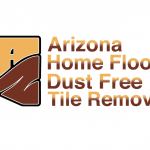
12 Signs You’re Investing in a Structurally Defective House
The wrong decision can waste your hard-earned money. Here are the signs of home structural damage and issues.
By: Arizona Home Floors
Investing in your own house is a life-long dream come through. A house is one of the most expensive investments a person would make during his or her lifetime. Make the wrong decision and your finances could be in the red for many years to come. It’s important that you do everything possible to minimize the risk of losing your hard-earned money by investing in a structurally defective house. Some unscrupulous sellers may use numerous tricks to cover up the flaws of a structurally defective house. Follow along with Arizona Home Floors for more information on some of the most common signs that you are purchasing a structurally defective house.
Concrete Leveling Services in Phoenix, AZ
Common Signs of a Potentially Bad House Foundation
1. Cracks In Foundation
The foundation is one of the most important components of a house. In fact, it is the structural backbone of the building, whether a residential or commercial property. Cracks in the foundation can be concealed by unscrupulous sellers to hoodwink unsuspecting buyers. Hence, you should accompany a trusted building inspector to check the basement and crawl space of the building before you decide to purchase the house.
Look for any cracks on the foundation walls. Not all cracks on the walls create structural problems. For example, shrinkage cracks are quite normal and shouldn’t interfere with the structural integrity of the building. If you find 1/4-inch or wider cracks at the top or bottom of the walls, you should be concerned about them and get the building evaluated by a professional inspector.
On the other hand, if you feel that the foundation has been freshly repaired with cement, you should be suspicious of it. Most of the time, a fresh coat of cement is applied to hide the crumbling concrete beneath. Get a professional repair inspector to check the foundation before you invest your hard-earned money in the house.
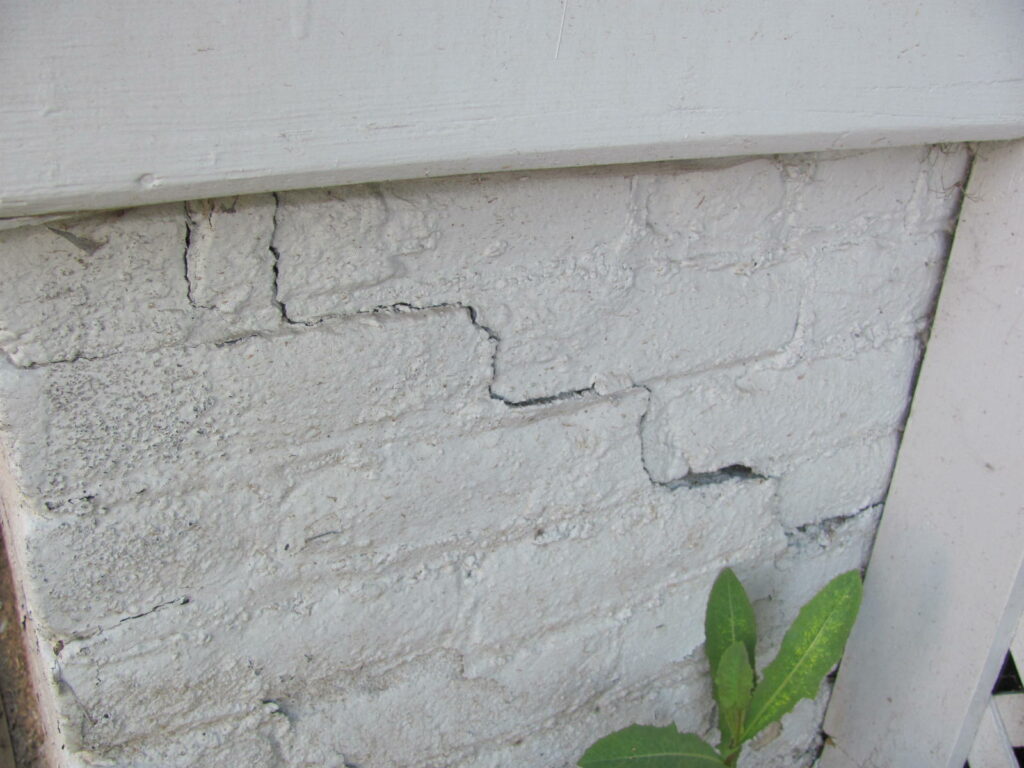
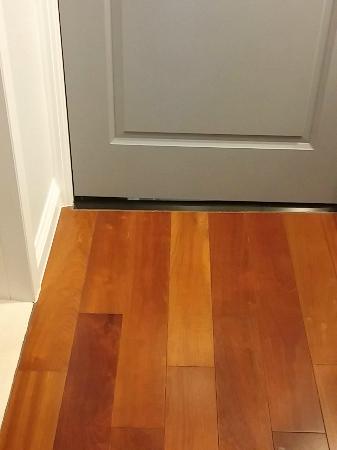
2. Uneven Gaps on Windows and Doors
Walls that have doors and windows are more susceptible to pressure because of the holes cut into them to fix the windows and doors. Most of the time, the areas around the windows and doors will reveal signs of structural damage in your home before other areas of the walls. If the doors or windows won’t open/close properly, uneven gaps around them, doors don’t stay closed, doors or windows don’t lock properly, or they seem to separate from the walls, it may be a sign of a structurally defective house. Get a professional building inspector to check the house before you buy such a property.
3. Roof Leaks or Sagging Roofs
Sagging or uneven roof lines aren’t common when your roof is in its prime. If you see sagging or uneven roof lines when the roof hasn’t reached the end of its life cycle, you should be concerned about it. It could be a sign of a structurally defective house. There are many factors that can affect the health of your roof including termite damage, removal of load-bearing walls, lack of maintenance, weather damage, incorrect sizing of timber frames, and timber frame movements.
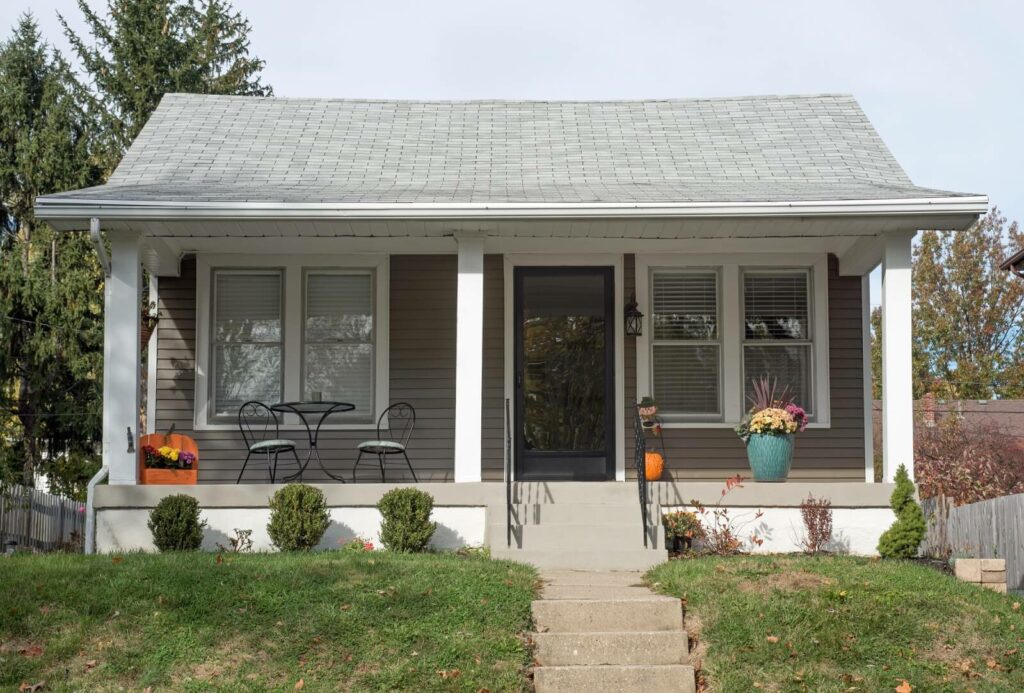
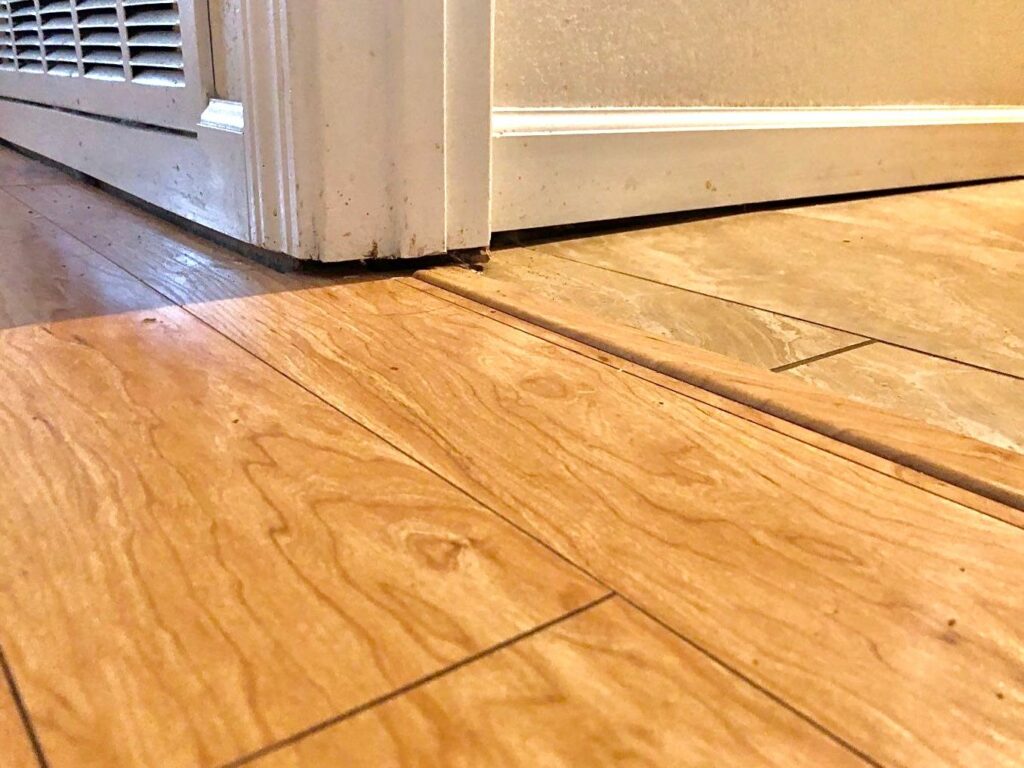
4. Uneven Floors
Uneven floors can be a result of improper settling of the foundation or improper construction. On the other hand, insufficient subflooring, termites, and cracked floor joints can also result in uneven floors. You should get a professional inspector to evaluate such floors before you invest in a property with uneven floors and waste your hard-earned money.
5. Crumbling Concrete
Crumbling concrete may be caused by different things. Exposure to moisture is one of the most common reasons for this type of structural defect in a home. When concrete is exposed to moisture or chemicals like salts and chloride, a chemical reaction occurs. It causes crystals to grow and expand and destroy the bond between concrete over time. You will often spot mortar erosion in the lower portion of the brickwork below the waterproofed membrane. This is another sign of a structural defective house, and you should not invest in such a building without getting it evaluated by a professional.
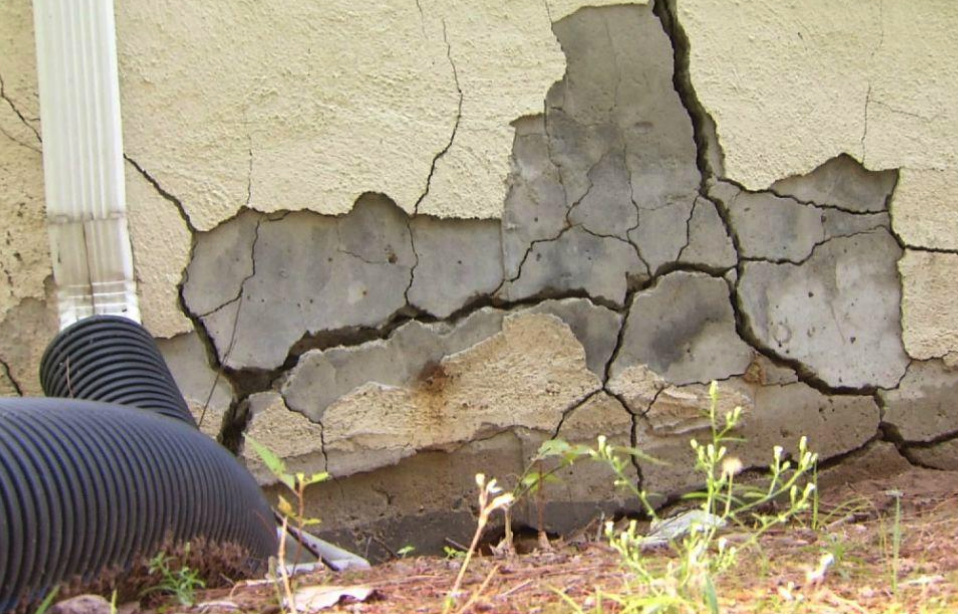
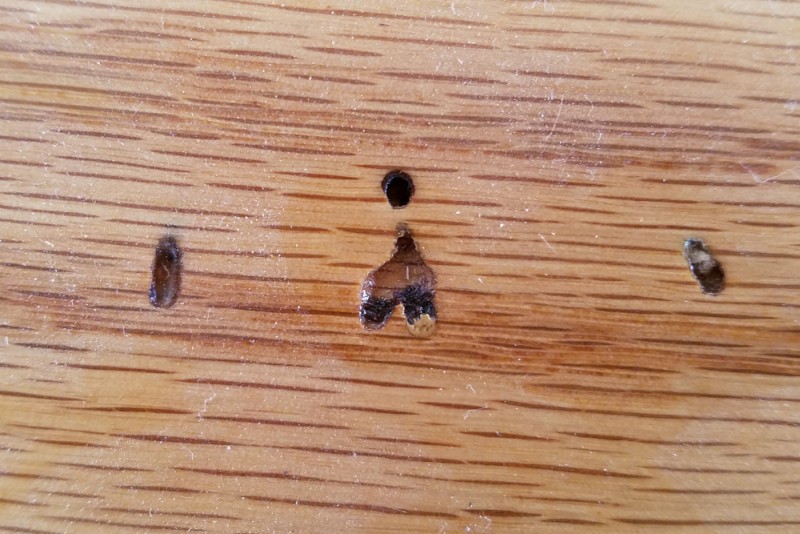
6. Termites
Termites are quite small. But they can cause enormous damage to your home over time. Termites linger near damp floors, wet foundations, and moist crawlspaces in your home. In fact, broken pipes, leaking taps, and other types of plumbing problems can lead to moist spaces in your home. Termites will destroy the wood elements in your home including walls and pillars. If you see any sign of termite infestations in the building, you need to take it seriously. If not, you will be investing in a structurally damaged house.
Surface Preparation Services in Phoenix, AZ
7. Warped Ceilings
Cracked, warped, or sagging ceilings are a result of rainwater sitting on the ceiling wall. It could happen due to a damaged gutter or roof. Further deterioration of the ceiling is inevitable if you don’t correct the situation immediately. It is a sign of serious structural damage to the building. Get a professional inspector to evaluate the building before you decide to invest your hard-earned money in such a property.
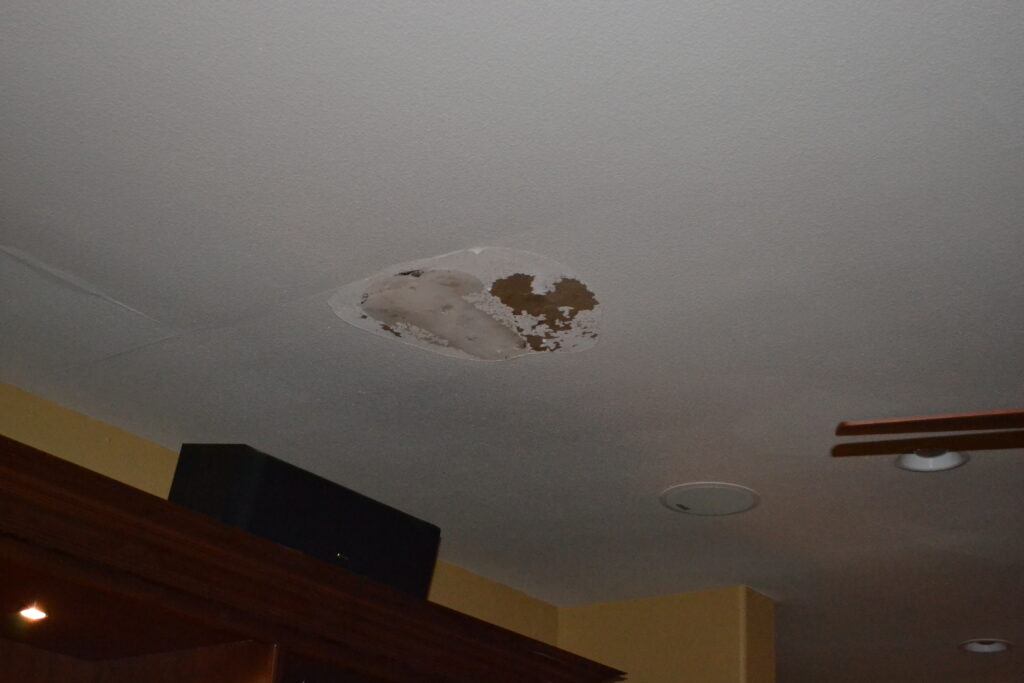

8. Flickering Lights
Flickering lights are not a good sign unless you are hosting a disco party. Try to check the light fixtures to see if anything is loose. If not, try replacing the flickering bulb with a new one. If the flickering continues even after you replace the flickering bulb with a new one or more than one light starts flickering, it could be due to a short circuit in the wires. On the other hand, your home’s wiring may not be adequate for the amount of electricity you are currently using. Whatever the case, it is a sign of a structurally defective house. You should get an experienced electrician to inspect the circuit and fix the problem.
9. Peeling Or Blistering Paint
Peeling or blistering paint can be another sign of a structurally defective house unless you are investing in an old house. Before you decide to touch up the peeling paint, you should determine what caused the blemish. It may be the result of a careless paint job or even a leak behind the walls. If you notice moisture or water while investigating the area of the walls, it is possible that there is a plumbing issue behind the problem. Get a plumber to fix the issue before you grab the paint roller to re-paint the walls.
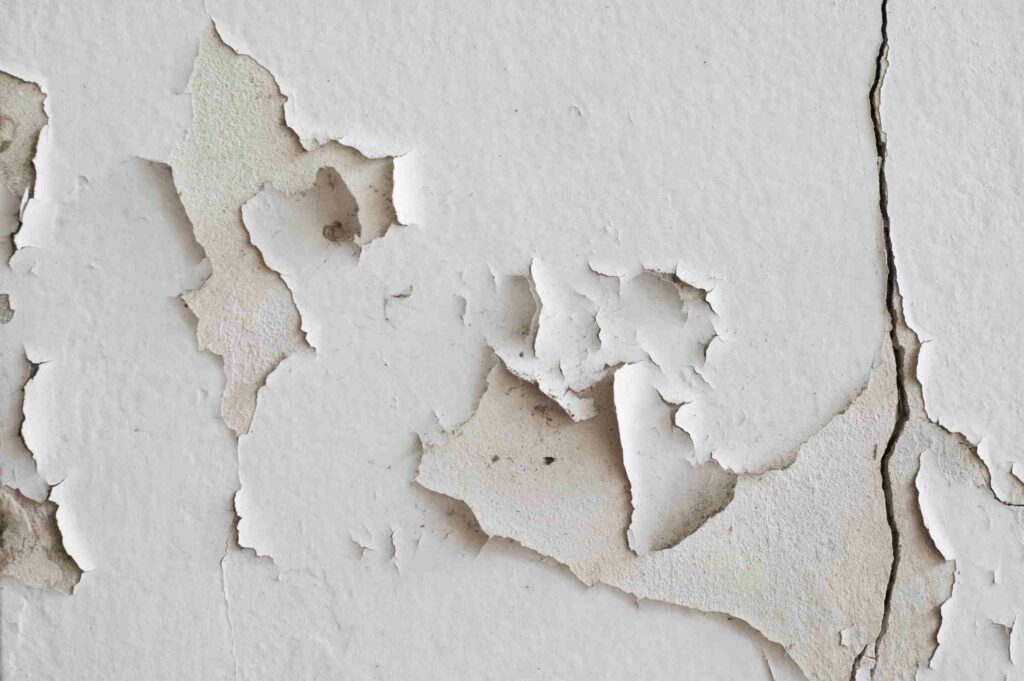
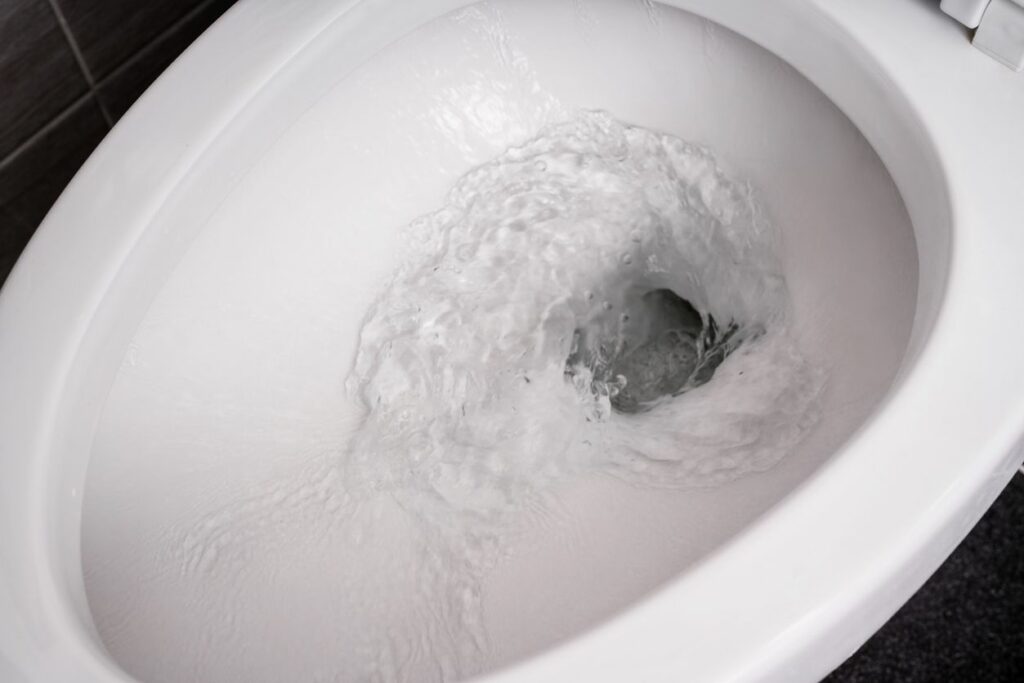
10. Toilet Gurgling
If you hear a gurgling noise in the toilet, don’t ignore it. It is an indication that something isn’t right about the house. It could be due to negative pressure building up in the drain line and creating an airlock. A clog can be the reason for this type of issue. You may need to call a plumber to fix the problem before you move into the new house.
11. Dry Mud Tubes on The Foundation
When termites are munching away at the walls of the house, you will see small dry mud tubes on the foundation that run from the ground to the siding. Termites build small tunnel tubes to conceal their comings and goings. They will build these mud tubes on the inside it outside of the foundation. For example, if you have a crawlspace, shine a bright flashlight in the crevice to check for these mud tubes at least once a year.
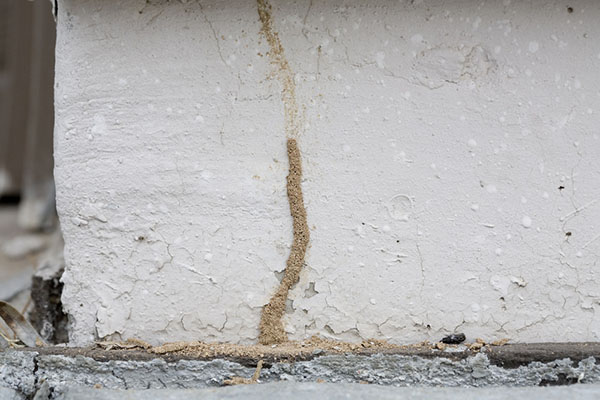
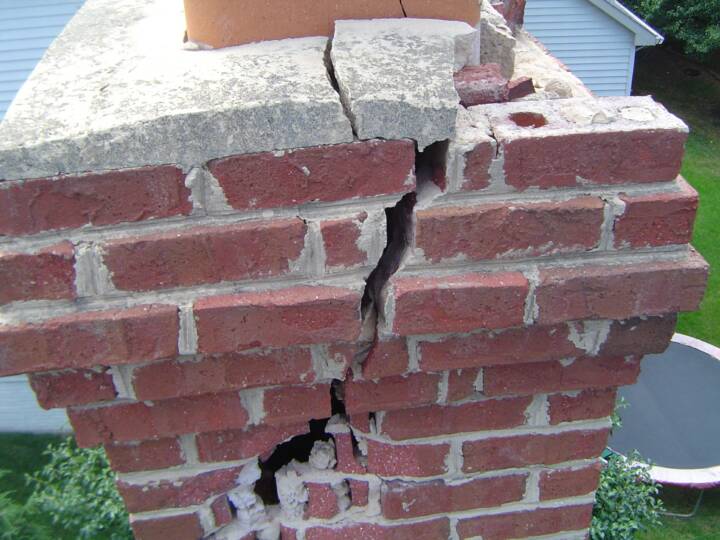
12. Cracks In the Chimney
Cracks in the chimney are a sign that your home is shifting. This places excessive pressure on the bricks of the chimney. It is a structural defect in the building.
Investing in your dream home is expensive. It is one of the biggest investments in your entire lifetime. The wrong decision can waste your hard-earned money. Hence, you should check for structural defects in the building before you invest in your dream home. The article provides information on some of the most common signs that you are buying a structurally defective house.
Leave a Reply